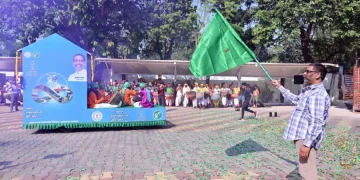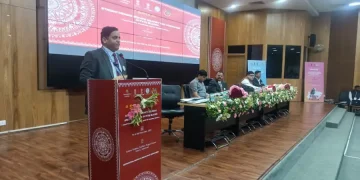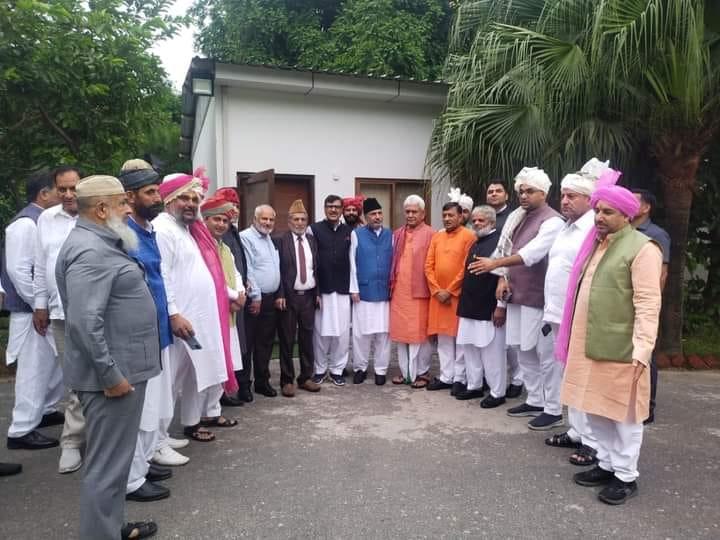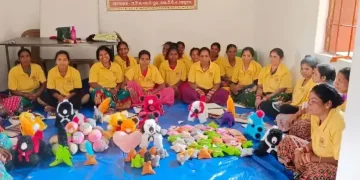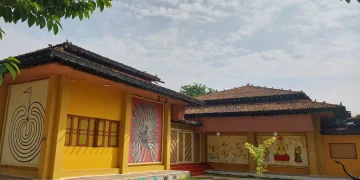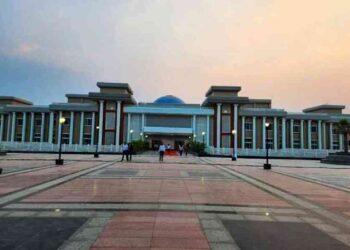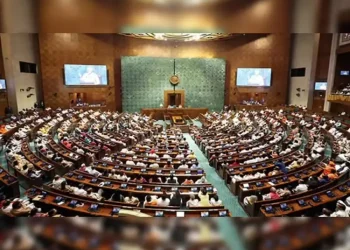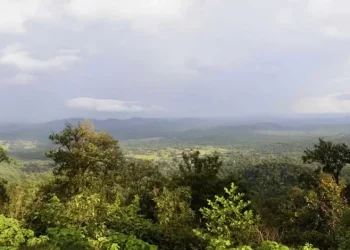Jammu/Srinagar
By granting the Scheduled Tribe status to Paharis and others, the Bharatiya Janata Party (BJP) is aiming to further consolidate its voter base across the Pir Panjal region. The BJP is also aiming to exploit the existing fault lines between the Gujjar-Bakerwals and Pahari-speaking population.
The Pahari tribe constitutes of Muslims, Hindus and Sikhs living in hilly areas of Jammu and Kashmir. Declaring Paharis as a Scheduled Tribe would make them eligible to contest polls on the seats reserved for already notified STs by the delimitation commission.
The importance of Paharis can be gauged from the fact that they are in a majority in seven out of eight segments of the Pir Panjal region. The grant of ST status to Paddaris will benefit the BJP in the erstwhile Doda district due to its sizable population. In the Jammu and Kashmir Assembly, nine seats i.e. 10 percent have been reserved for STs.
The Pir Panjal factor
As per the 2011 Census figures of the already notified ST communities, Pahari speaking population is in a majority in Nowshera, Kalakote-Sunderbani, Rajouri (ST), Thanmandi (ST), Surankote (ST), Poonch-Haveli and Mendhar (ST). Darhal (ST) is the lone seat in the Pir Panjal region where Paharis are in a minority as Gujjar-Bakerwals constitute 54% of the population living in the segment.
The BJP has big hopes in Pir Panjal as it managed to win two seats in the region in the 2014 Assembly elections. It then won the region’s lone Hindu-majority seat of Nowshera and Muslim-dominated Kalakote seat, where a combination of Gujjar and Hindu votes worked in its favour.
The Pir Panjal region is a Muslim-majority region with a substantial Hindu population. While Rajouri district has 34.54% Hindu population, Poonch has 6.84% Hindu population.
Post-delimitation, the Pir Panjal region has two Hindu-majority seats – Nowhsera and Sunderbani-Kalakote – and the population of Hindus and Muslims is almost equal in Rajouri. Political observers say, “The BJP is doing social engineering in Jammu and Kashmir. The proposed inclusion of Paharis in the ST list is a part of the same script they have readied to win maximum seats from the Pir Panjal region.”
The other communities to get ST status in J&K are Paddaris, Gadda Brahman and Koli tribes. The grant of ST reservation to Paddaris will benefit the BJP in Kishtwar district, where a predominantly Hindu-majority seat of Padder-Nagseni was carved out in the delimitation exercise. As per the 2011 census figures, Padder sub-division has 83.63% Hindu population, 9.46% Buddhists and 6.84% Muslim population.
Balance tilted towards Jammu region
By adding more tribal groups to the ST list, the BJP is aiming to widen its support base across the Jammu region, especially in Chenab valley and Pir Panjal regions. Statistics reveal that more than 60% of the Pahari speaking population in Jammu and Kashmir is currently living across the Jammu region. By including Paddaris, Gadda Brahman and Koli communities, the BJP is surely adding to its voter base to counter opposition parties. Among the 15 new social groups being added to J&K’s social caste list (OBC), 12 are from Jammu.
What is the winning formula?
After giving the ST status to the Pahari speaking population, the Union Territory administration is expected to spell out the clear-cut formula in terms of job reservation/political reservation/ academics etc.
In the UT, the existing Schedule Tribes, mainly Muslims, have a 10% quota in jobs and admissions in professional colleges. And 63% of the UT’s ST population lives in the Jammu region. As per the last Census exercise, out of 12,75,106 STs living in J&K, 8,10,800 are in Jammu and 4,64,306 in Kashmir.
As per J&K’s reservation rules, 8% of jobs and admissions in professional colleges are reserved for SCs. The Jammu region is the lone beneficiary of the SC reservation as the Muslim-majority Kashmir region doesn’t have an SC population.
According to the 2011 Census, Jammu has 99.27% of J&K’s SC population (9,17,724 people), while Kashmir has the other 0.73% (6,761 people). Even this 0.73% SC population is non-native.
The 4% reservation for the Pahari-speaking population from 2020 onwards caters more to the Jammu region. While the Pahari-speaking population was not counted in the 2011 census, a population survey of the community in 2018 shows that 63% of Paharis live in Jammu and 37% in Kashmir.
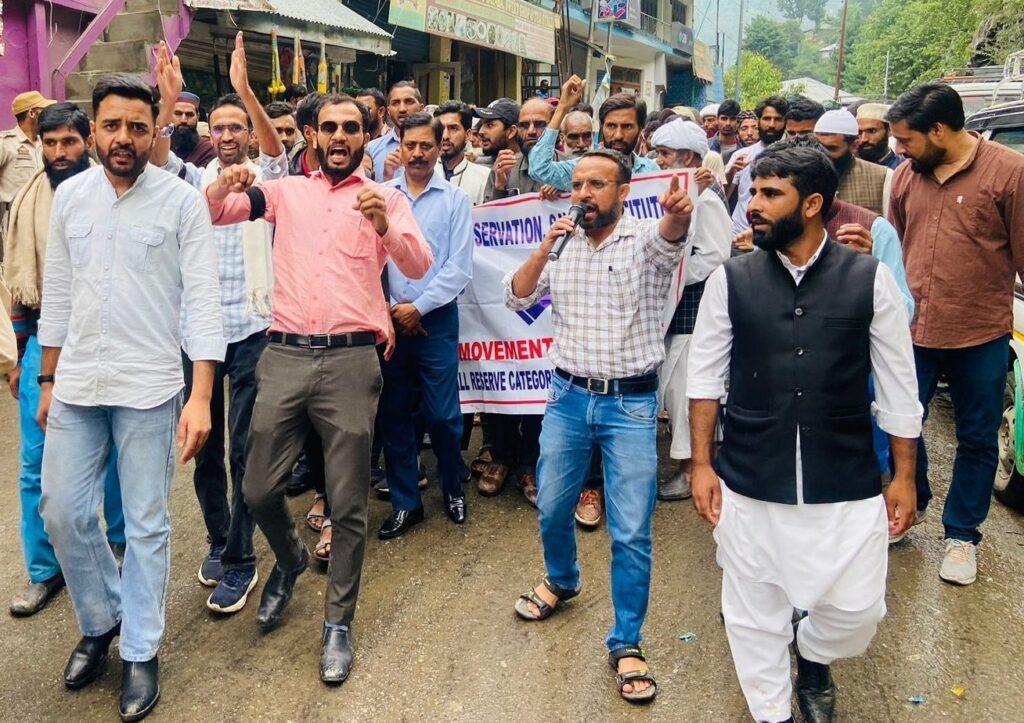
The survey carried out by the State Advisory Board for the Pahari-speaking population shows that 10,22,982 Pahari-speaking people live in J&K. Of this, 6,36,523 people live in Jammu and 3,86,459 in Kashmir. The 4% quota in jobs and admissions to the residents of areas adjoining the Line of Control and the International Border (LoC/ILB) is mainly catering to the Jammu region. Before the imposition of Central rule in Jammu and Kashmir, only residents of the areas adjoining the LoC had reservations in jobs and admissions.
But after the imposition of the Central rule in 2018, these benefits were extended to the residents of villages in the vicinity of the International Border in Jammu, Samba and Kathua districts.
The ST status for Paharis is part of an overall restructuring of social identities which includes around a dozen and half communities by way of widening the ambit of reservation under ST, SC and bringing in several communities under the OBC. This will have a bearing on existing J&K-specific reserved categories such as Resident of Backward Area (RBA), Along the Line of Control (ALC), and OSC.
“Since all reservations have to be packaged within 50%, the alteration within the quota of RBA, ALC, and OSC is imminent. Now it remains to be seen whether the Union government headed by BJP would be able to devise a formula to win both sides and consolidate its base ahead of the crucial Assembly polls. The timing of the passage of the bill is expected to determine the timeline of the maiden Assembly polls in Jammu and Kashmir,” the observers maintained.
Interestingly, a majority of the social groups being recognized as OBCs are from the Jammu region.
The new classes being added to the list include Waghey (Chopan), Ghirath/Bhati/Chang community, Jat community, Saini community, Markabans/PonyWalas, Sochi community, Christian Biradari (converted from Hindu Valmiki), Sunar/Swarankar Teeli (Hindu Teeli along with already existing Muslim Teli), Perna/Kouro(Kaurav), Bojru/Decount/Dubdabay Brahmin, Gorkans, Gorkhas, West Pakistani refugees (excluding SCs) and Acharyas.
These new classes/communities were included in the OBC list on the recommendations of the G.D. Sharma panel.
Endnote
Notwithstanding its Pahari move, the BJP cannot afford to antagonize the Gujjar/Bakerwal community either. Notified as a ST in 1991, the Gujjar/Bakerwals have a substantial population in J&K. It is for this reason that the BJP leadership has taken due care not to tinker with the existing reservation quota of the Gujjar/Bakerwals.






